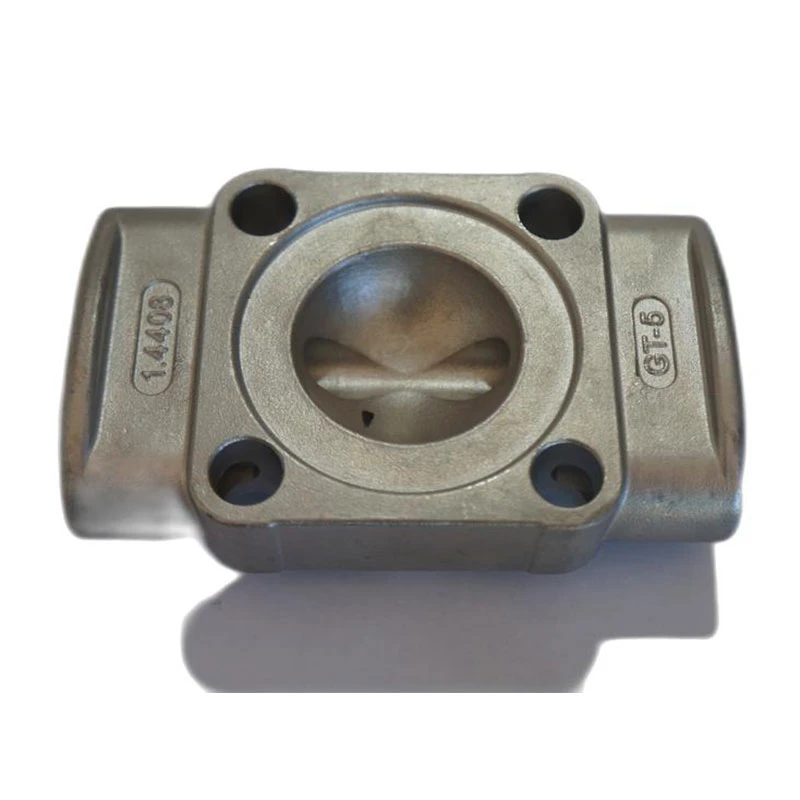greensand sand casting
The Role of Greensand in Sand Casting A Comprehensive Overview
Greensand, a type of molding sand utilized in the metal casting industry, has garnered significant attention for its unique properties and versatility. The term greensand does not refer to the color of the sand but rather to its moisture content and composition. It typically consists of a mixture of silica sand, clay, water, and a specific type of green sand known as greensand clay, which contains a high percentage of montmorillonite or similar clay minerals. This article delves into the critical aspects of greensand and its pivotal role in the sand casting process.
Composition and Properties
Greensand is primarily composed of silica, which provides its base structure. The inclusion of clay acts as a binding agent, allowing the sand to hold its shape when formed into molds. The moisture added to the mixture enhances its plasticity, making the sand easier to manipulate. The term greensand originates from the fact that this sand is used in its moist state, ensuring that it retains a degree of flexibility and cohesion—key characteristics needed when shaping molds for metal casting.
One of the most notable properties of greensand is its ability to withstand high temperatures. When molten metal is poured into the molds made from greensand, the mixture can endure the thermal shock without breaking down, thereby preserving the integrity of the cast product. Additionally, greensand is known for its superior gas permeability, allowing any gases produced during the melting process to escape easily, which reduces the risk of defects in the final casting.
Advantages in Sand Casting
The use of greensand in sand casting offers several advantages. Firstly, it is a cost-effective material, making it an economical choice for foundries of all sizes. The sand itself can be reused multiple times with minimal degradation of its properties, leading to reduced material waste and lower production costs.
greensand sand casting

Secondly, greensand is highly versatile. It can be used to cast a wide range of metals, including aluminum, iron, and bronze. This adaptability is crucial for foundries looking to serve a diverse clientele or work on various projects requiring different alloys.
Furthermore, greensand molds can be easily prepared and shaped, allowing for intricate designs and precise detailing in the castings. This capability makes it an ideal choice for artists and manufacturers alike, who require detailed work without compromising on quality.
Environmental Considerations
In an era where sustainability is paramount, greensand presents an environmentally friendly option for casting processes. The majority of the materials used in greensand are naturally occurring and non-toxic, making it a safer alternative compared to synthetic molding sands that may contain harmful chemicals. Additionally, the reusability of greensand contributes to less environmental waste, aligning with the industry's shift towards greener practices.
Conclusion
Greensand plays an indispensable role in the sand casting process, offering a blend of flexibility, durability, and cost-effectiveness. Its unique properties make it an ideal choice for foundries seeking efficient and high-quality casting solutions. As the demand for sustainable practices grows in manufacturing, greensand stands out as a reliable, eco-friendly option that meets the needs of modern production while maintaining the integrity and quality of cast products. In summary, the future of greensand in sand casting looks promising, balancing economic viability with environmental responsibility.
-
Top Extras Casting Solutions Die Casting and Sand Casting Experts High-Quality Casting and Die Casting ServicesNewsJun.10,2025
-
Top SS Casting Manufacturer Aluminum Die Casting Manufacturer China Precision Die Casting Company SupplierNewsJun.10,2025
-
High-Quality Brass Casting Sand for Precision Sand Casting Brass at HomeNewsJun.10,2025
-
Affordable Aluminum Sand Casting Solutions Custom PartsNewsJun.09,2025
-
High-Quality China Sand Casting Services Cost-Effective & ReliableNewsJun.09,2025
-
Premium Hot Stamping Parts Durable Plastic Decor SolutionsNewsJun.09,2025















